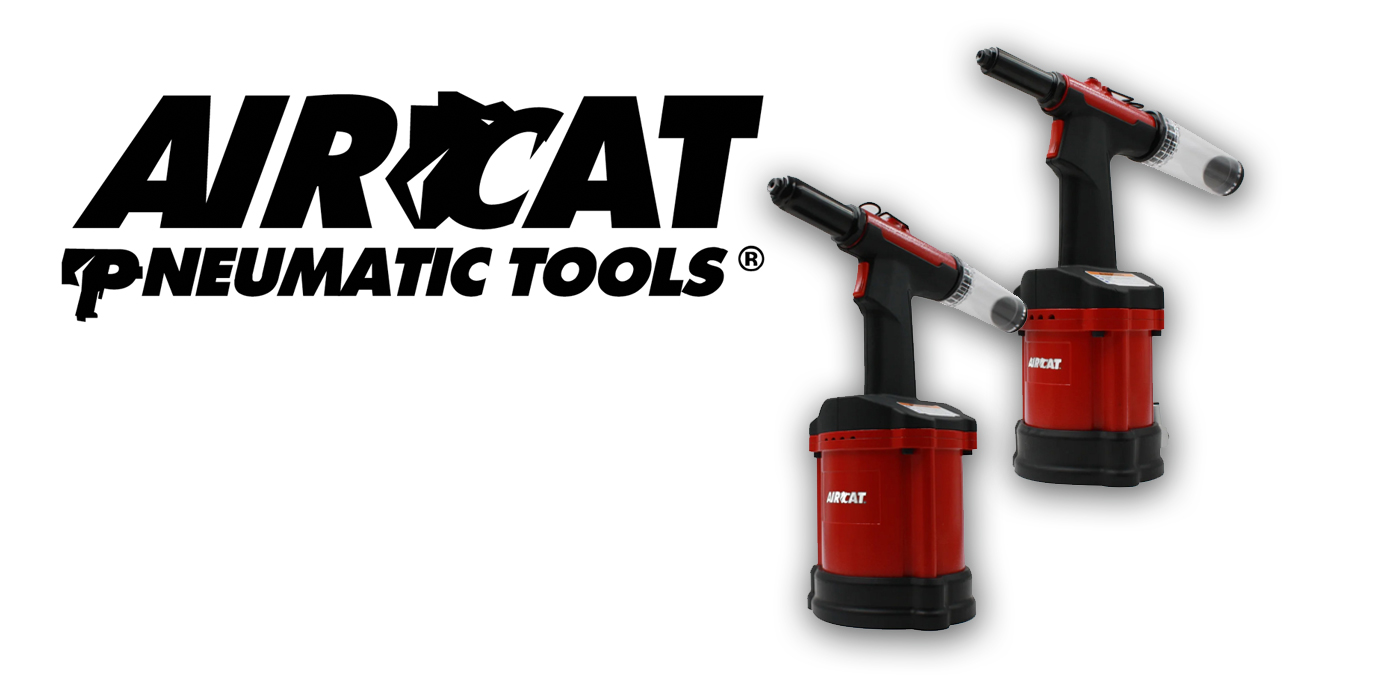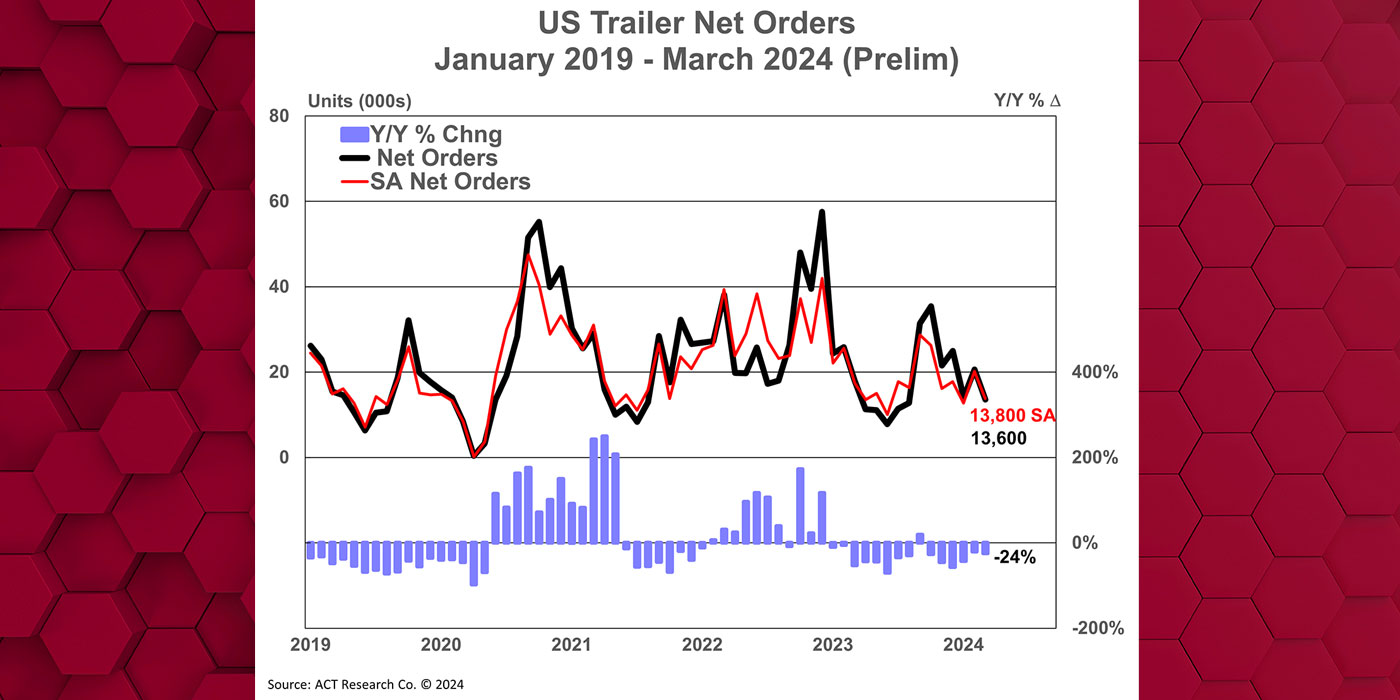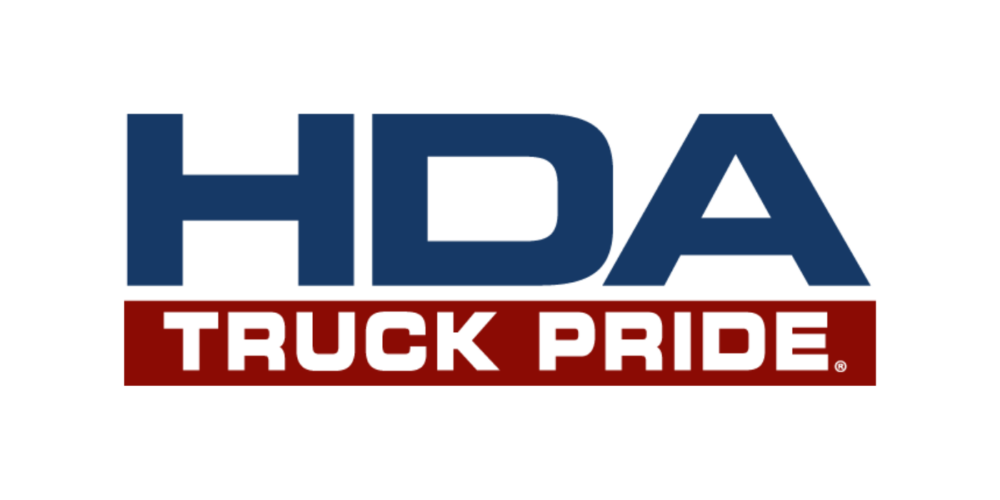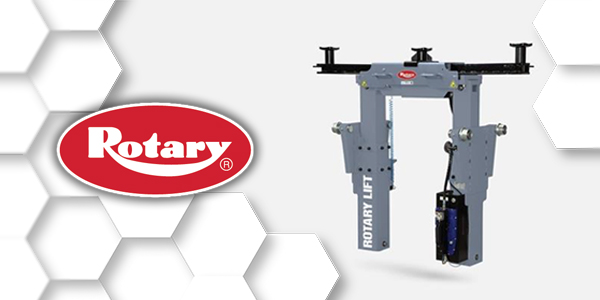As primary components of diesel engine aftertreatment systems, diesel particulate filters (DPF) and diesel exhaust fluid (DEF) filters require routine maintenance.
“Every maintenance program should ensure these components are serviced at the OEM recommended intervals,” says Jason Johnson, director of aftermarket at PACCAR.
“Drivers should also receive comprehensive training on how the aftertreatment system is designed to operate, and know that only high quality DEF should used,” Johnson adds. “Fleets can take advantage of resources like operator’s manuals and OEM videos to tailor that training to fit their needs.”
All fleets should follow factory recommended guidelines for scheduled routine inspections and maintenance of the exhaust aftertreatment system, notes John Moore, product marketing manager at Volvo Trucks North America. “Look for exhaust leaks, loose clamps and external damage, and pull the cover on the diesel particulate filter (DPF) to see if any oil or coolant is present upstream,” he advises.
“Upon completion of the visual inspection, concentrate on components with scheduled maintenance intervals according to factory recommendations,” Moore continues. “This includes cleaning the DPF and checking the aftertreatment hydrocarbon injector and DEF pump and tank filler neck filter.”
Brian Daniels, manager of Detroit powertrain and component marketing, says one of the most important things fleets can do to keep the aftertreatment system in good working order and improve performance is to monitor maintenance schedules and comply with recommended cleaning intervals. Using clean DEF, quality fuel and proper engine oils should also be priorities, he adds.
Comply with recommended intervals
“When it is time to clean the DPF, to avoid failures of the aftertreatment devices, we recommend referring to the manufacturer’s guidelines,” Daniels says. “Sourcing a remanufactured filter or having it cleaned properly removes harmful ash residue that could potentially lead to aftertreatment damage and additional maintenance costs.”
Navistar, notes Jim Nachtman, heavy-duty marketing director, uses the latest aftertreatment technology from Cummins Emissions Solutions for its International engines. These systems require the DEF filter to be serviced periodically and the aftertreatment system to be cleaned.
“Fleets and service providers should ensure that the engine is run with the proper oil and fuel,” Nachtman adds. “Also, if an engine issue arises that may impact the aftertreatment system, it should be addressed quickly.”
For its latest engine models, Cummins publishes aftertreatment maintenance recommendations for the DPF and the DEF system filter, notes Mark Ulrich, director of customer support. “On older engines, the DPF filter and the hydrocarbon doser required maintenance while newer engines do not have a doser,’” he explains.
“When the time comes to service the DPF, Cummins recommends using a genuine reconditioned filter for best system performance,” Ulrich continues. “The single best thing that a fleet or service provider can do to maintain aftertreatment system health is to follow the manufacturer’s published maintenance intervals and guidelines.”
Use genuine parts
When repairs to diesel engine aftertreatment systems are needed, OEMs advise that fleets replace components with genuine parts to ensure that they are manufactured and validated to work with the system.
One common issue, according to John Moore at Volvo Trucks, is the malfunction indicator lamp being on. “From an industry standpoint, increasing demands on lowering on-board diagnostic fault detection thresholds increases the sensitivity of system performance,” he says. “This increase demands that all issues be fixed as soon as they arise.”
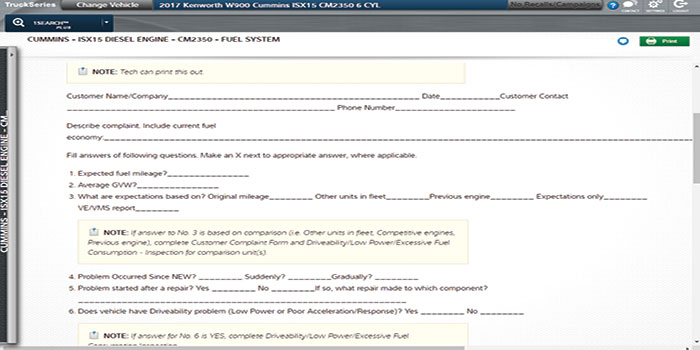
“Aftertreatment systems are downstream of the engine,” explains Navistar’s Jim Nachtman. “If an engine issue occurs, it could impact the aftertreatment system. Using fault code action plans allows technicians to quickly and efficiently diagnose an issue.”
NOx sensors can sometimes be a point of failure in the aftertreatment system, notes Mark Ulrich at Cummins, and on certain older engines, faults related to frequent regeneration of the DPF were more common, as were SCR catalyst issues. “With continued advancements in technology and maturity of the systems, however,” he continues, “aftertreatment system reliability has improved significantly and these issues are much less commonplace.
“In all cases, prompt attention to any aftertreatment-related faults can prevent future unplanned downtime. For example, ignoring DPF frequent regeneration faults can eventually lead to downtime or possibly more expensive repairs.”
“Shops can expect to see different situations with aftertreatment systems components,” says PACCAR’s Jason Johnson. “You must be able to quickly determine if the issue stemmed from operator misuse or something else. In addition, it is critically important that technicians are equipped with proper tools and training so they will be able to quickly resolve the issue and get the truck back on the road.”


